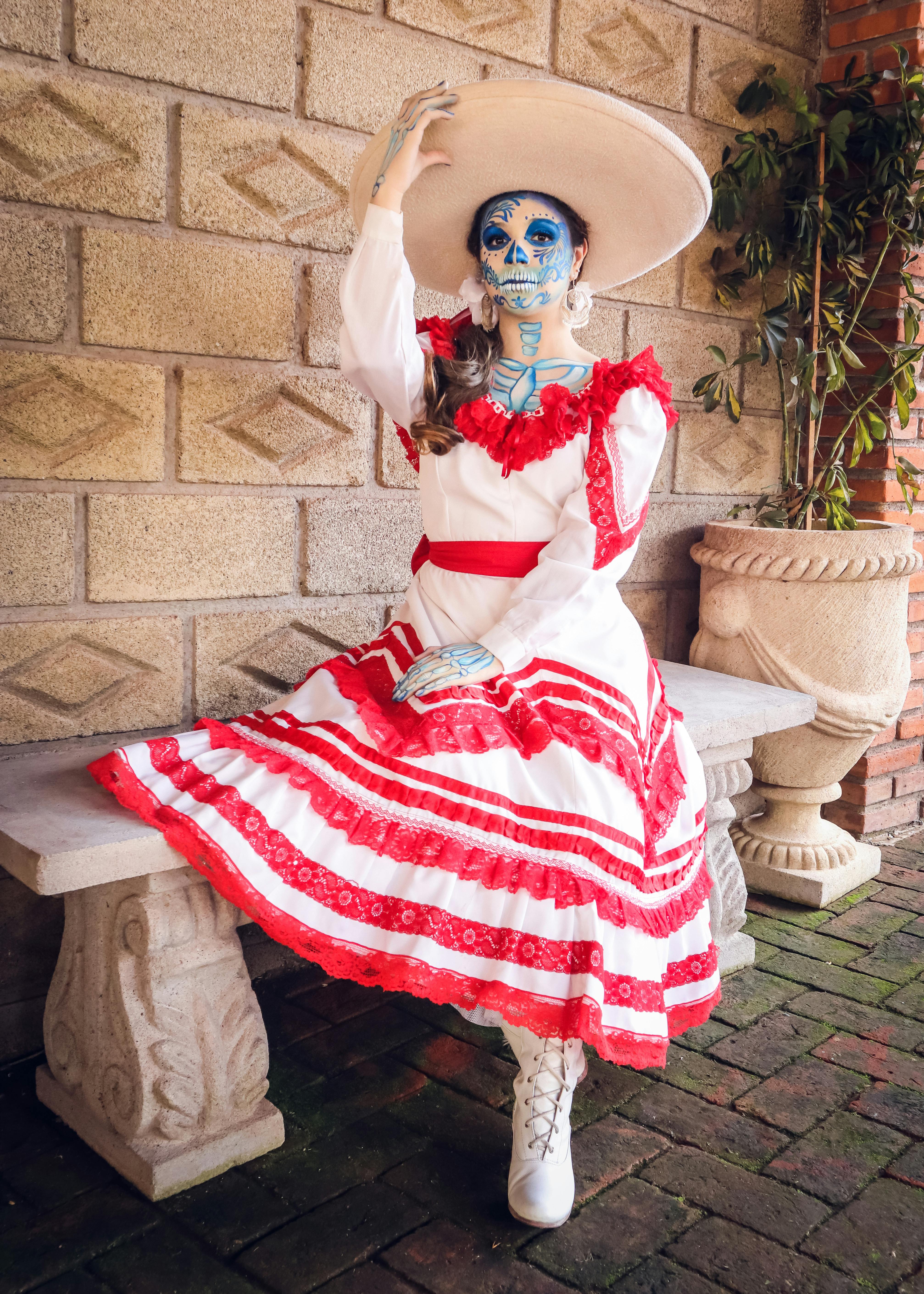Picture yourself sitting in a vibrant bustling street of India, surrounded by the exotic aroma of spices and the lively chatter of locals. As you take in the sights and sounds, a hot cup of tea is placed before you, and you can’t help but be captivated by the rich tradition that Indian tea holds. From the ubiquitous chai to the lesser-known varieties, the world of Indian tea is a treasure trove of flavors and cultural heritage waiting to be explored. Join us on a journey to discover the charming world of Indian tea, where each sip tells a tale of centuries-old traditions and a profound love for nature’s gift.

The History of Indian Tea
Introduction of Tea in India
Tea has a rich and fascinating history in India, dating back to ancient times. While the exact origins of tea in India are unclear, it is believed to have been introduced by traders traveling along the Silk Road. The tea plant, Camellia sinensis, found a favorable climate and soil in parts of India, leading to its cultivation and eventual popularity.
The Influence of British Colonialism
The British East India Company, which dominated trade and governance in India during the colonial period, played a significant role in the development of the Indian tea industry. In the early 19th century, the British began large-scale cultivation of tea in the region, particularly in Assam and Darjeeling. They also established tea plantations, built infrastructure, and initiated tea processing techniques. The British demand for tea eventually led to India becoming one of the largest tea-producing countries in the world.
The Rise of Tea Plantations
Tea plantations emerged as a distinctive feature of the Indian landscape during the 19th century. These vast estates, with their lush green fields of tea bushes, dotted the hills and valleys of Assam, Darjeeling, and Nilgiris. The establishment of these plantations not only brought economic prosperity to the region but also shaped the social and cultural fabric of the communities living nearby.
The Significance of Tea in Indian Culture
Tea as a Social Beverage
In Indian culture, tea holds an essential place as a social and communal beverage. It is often offered to guests as a gesture of hospitality and is served during gatherings, meetings, and celebrations. Sharing a cup of tea fosters conversation, warmth, and connections between individuals. Tea stalls, commonly found in every neighborhood, serve as meeting points for people from various walks of life, creating a sense of community.
Tea in Rituals and Ceremonies
Tea has also found its way into traditional rituals and ceremonies in Indian culture. In some regions, it is customary to offer tea to deities during religious ceremonies. Tea is also incorporated into auspicious occasions and festivals, symbolizing purity, tranquility, and divine blessings. The act of pouring and serving tea during these rituals carries spiritual and symbolic significance.
Tea as a Symbol of Hospitality
Indian hospitality is renowned worldwide, and tea plays a significant role in this tradition. Offering a cup of tea to guests is considered a symbol of welcoming and warmth. It is a gesture that showcases the host’s generosity and desire to make their guests feel comfortable and at home. Tea is often accompanied by snacks or sweets, further enhancing the experience of hospitality in Indian culture.

Chai: The Iconic Indian Tea
Overview of Chai
Chai, a word derived from the Chinese word for tea, “cha,” refers to the traditional Indian spiced tea. It has become an integral part of Indian culture, loved and cherished by millions across the country and beyond. Chai is known for its distinctive aromatic blend of tea leaves, spices, milk, and sweeteners.
Ingredients and Preparation
The preparation of chai involves boiling tea leaves in water along with a mix of spices such as cardamom, ginger, cinnamon, cloves, and black pepper. Milk is then added to create a rich and creamy texture, and sweeteners like sugar or jaggery are incorporated to balance the flavors. The concoction is simmered until the flavors meld together, resulting in a harmonious blend of taste and aroma.
Regional Variations of Chai
Chai varies from region to region in India, reflecting the diverse culinary practices and flavor preferences of different communities. Masala chai, the most common variant, is famous for its warming spices and sweet profile. The cutting chai of Mumbai is a stronger, condensed version of chai, enjoyed in small glasses. Kashmiri chai is infused with saffron and almonds, giving it a distinctive flavor. Each region adds its own unique twist, making chai a truly versatile and beloved beverage throughout the country.
The Health Benefits of Indian Tea
Antioxidant Properties
Indian tea is known for its high antioxidant content, primarily due to the presence of polyphenols. These antioxidants help in neutralizing harmful free radicals in the body, thus protecting it against cell damage and reducing the risk of chronic illnesses like heart disease and certain types of cancer.
Digestive Aid
The combination of spices in Indian tea, especially ginger and cardamom, aids in digestion. These spices have carminative properties that help alleviate digestive discomfort, promote the secretion of digestive enzymes, and enhance nutrient absorption. Drinking tea after a meal can also serve as a natural digestive aid.
Stress Relief
Indian tea, with its blend of calming spices, has a soothing effect on the mind and body. The warmth of the tea, combined with the aromas of spices like cardamom and cinnamon, can help relax the senses and promote a sense of tranquility. It is often consumed as a stress-relieving tonic, providing a moment of respite in a hectic day.

Tea and Ayurveda: Ancient Indian Healing
The Principles of Ayurveda
Ayurveda, an ancient Indian system of medicine, focuses on maintaining a balance between the mind, body, and spirit for optimal health. It emphasizes the use of natural ingredients and holistic practices to promote well-being. Tea is an integral part of Ayurvedic philosophy, with its therapeutic properties aligning with Ayurvedic principles.
Tea in Ayurvedic Medicine
In Ayurvedic medicine, tea is used as a healing tonic to address various health concerns. Different herbs and spices are added to tea blends to target specific ailments and imbalances in the body. For example, ginger tea is often used to alleviate digestive issues, while tulsi (holy basil) tea is known for its immune-boosting properties. These herbal teas are believed to restore balance and promote overall wellness.
Popular Ayurvedic Tea Blends
Ayurvedic tea blends come in a variety of combinations, each targeting specific health benefits. Some popular blends include turmeric tea, which is anti-inflammatory and aids in joint health, and Brahmi tea, which is known for its cognitive benefits and stress-relieving properties. These herbal teas, steeped in tradition and ancient wisdom, are cherished for their holistic healing properties.
Beyond Chai: Other Popular Indian Teas
Assam Tea
Assam tea, named after the region where it is primarily grown, is known for its robust flavor and full-bodied characteristics. It has a unique malty taste, making it a popular choice for breakfast tea. Assam tea is cherished for its invigorating qualities, providing a bold and energizing cup with a rich amber color.
Darjeeling Tea
Darjeeling tea, often referred to as the “Champagne of teas,” is renowned for its delicate flavor and exquisite aroma. Grown in the misty hills of Darjeeling, this tea is known for its muscatel notes, floral undertones, and a light, golden liquor. It is considered one of the finest and most sought-after teas in the world.
Nilgiri Tea
Nilgiri tea, cultivated in the Nilgiri Hills of South India, is characterized by its smooth and mellow taste. It has a distinct briskness and a light, bright infusion. Nilgiri tea is appreciated for its versatility, making it a perfect choice for both hot and iced tea.
Masala Tea
Masala tea, also known as spiced tea, is a favorite variation enjoyed throughout India. It combines black tea with a medley of spices such as cardamom, cinnamon, cloves, and ginger. The result is a flavor explosion that awakens the senses and delivers a cup of warmth and comfort.
Tea and Indian Street Food Culture
Tea Stalls and Street Vendors
Indian street food culture is incomplete without the ubiquitous presence of tea stalls and street vendors. These humble stalls, found on bustling street corners, serve as a gathering point for locals and visitors alike. They offer an array of snacks and beverages, including tea, providing a quick and refreshing respite from the busy urban environment.
Tea Pairings with Street Food
Tea is often paired with various street food delicacies, creating a harmonious balance of flavors. For example, the spicy and tangy flavors of chaat, a popular street food snack, are beautifully complemented by a cup of masala chai. Similarly, tea enhances the taste of savory samosas, pakoras, and vada pav, making it a preferred accompaniment.
Tea Tourism in India
Tea Gardens
Tea tourism has gained popularity in recent years, allowing visitors to explore the serene and picturesque tea gardens of India. These gardens provide a unique glimpse into the tea cultivation process, offering guided tours that showcase the various stages of tea production. Visitors can also enjoy the beauty of the tea estates, with their undulating green landscapes and panoramic views.
Tea Tastings and Workshops
Tea tastings and workshops are organized in tea gardens, providing visitors with an opportunity to learn about and appreciate the nuances of Indian tea. These sessions allow participants to sample different varieties of tea, understand the art of tea tasting, and gain insights into the intricacies of tea processing. It is a delightful way to immerse oneself in the world of Indian tea and deepen the understanding of its flavors and qualities.
The Global Influence of Indian Tea
The British Tea Culture
The British, known for their love of tea, played a significant role in introducing tea to India and nurturing its cultivation. Indian tea quickly gained popularity in Britain and became an integral part of British tea culture. The tradition of afternoon tea, with its delicate tea sandwiches, scones, and cakes, traces its origins to the influence of Indian tea on British society.
Indian Tea in Western Countries
The flavors of Indian tea have transcended borders and have been embraced by tea enthusiasts around the world. Indian tea, with its diverse range of flavors, strong aroma, and unique characteristics, has found a place in the hearts and cups of tea lovers in Western countries. It is now readily available in tea shops and supermarkets, providing a taste of India’s rich tea heritage to tea connoisseurs worldwide.
Masala Chai’s Popularity
Masala chai, with its rich blend of spices, has gained immense popularity globally. It has become a trendy and sought-after beverage in cafes and coffee shops, loved for its bold flavors and comforting qualities. Masala chai’s rise to fame has introduced people to the vibrant and aromatic world of Indian tea, inspiring a newfound appreciation for this traditional beverage.
Preserving the Tradition of Indian Tea
Efforts to Sustain Tea Plantations
To ensure the longevity of tea plantations in India, efforts are being made to promote sustainable practices and protect the environment. Many tea estates have adopted organic farming methods, eliminating the use of synthetic pesticides and fertilizers. These initiatives aim to preserve the natural biodiversity of the regions and maintain the flavor and quality of Indian tea.
Promoting Organic and Fair Trade Tea
The demand for organic and fair trade tea has been on the rise, with consumers becoming more conscious of their choices. Indian tea producers have responded to this demand by cultivating organic tea varieties and participating in fair trade practices. These initiatives support the well-being of tea workers, ensure fair wages, and promote environmentally friendly methods of tea cultivation.
The Importance of Cultural Awareness
Preserving the tradition of Indian tea goes beyond the cultivation and consumption of the beverage. It is essential to cultivate cultural awareness and appreciation for the history, significance, and rituals associated with Indian tea. By embracing the cultural aspects of tea, we honor the generations that have contributed to its legacy and pass on the knowledge and love for this ancient beverage to future generations.
In conclusion, the history of Indian tea is a captivating tale that intertwines with Indian culture, traditions, and heritage. From its introduction during the colonial period to its modern-day global popularity, Indian tea has emerged as an iconic beverage that symbolizes warmth, hospitality, and the spirit of togetherness. Whether savoring a cup of chai or exploring other distinctive Indian teas, one is transported into a world of flavors, aromas, and timeless traditions. So, grab a cup of tea and embark on a delightful journey through the fascinating world of Indian tea and its enduring legacy.
